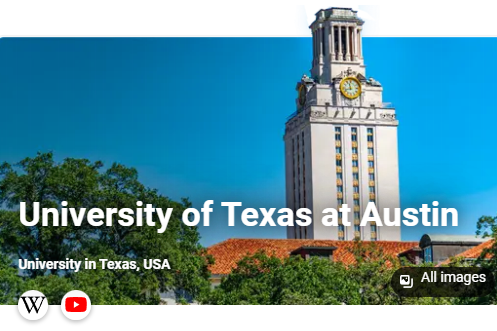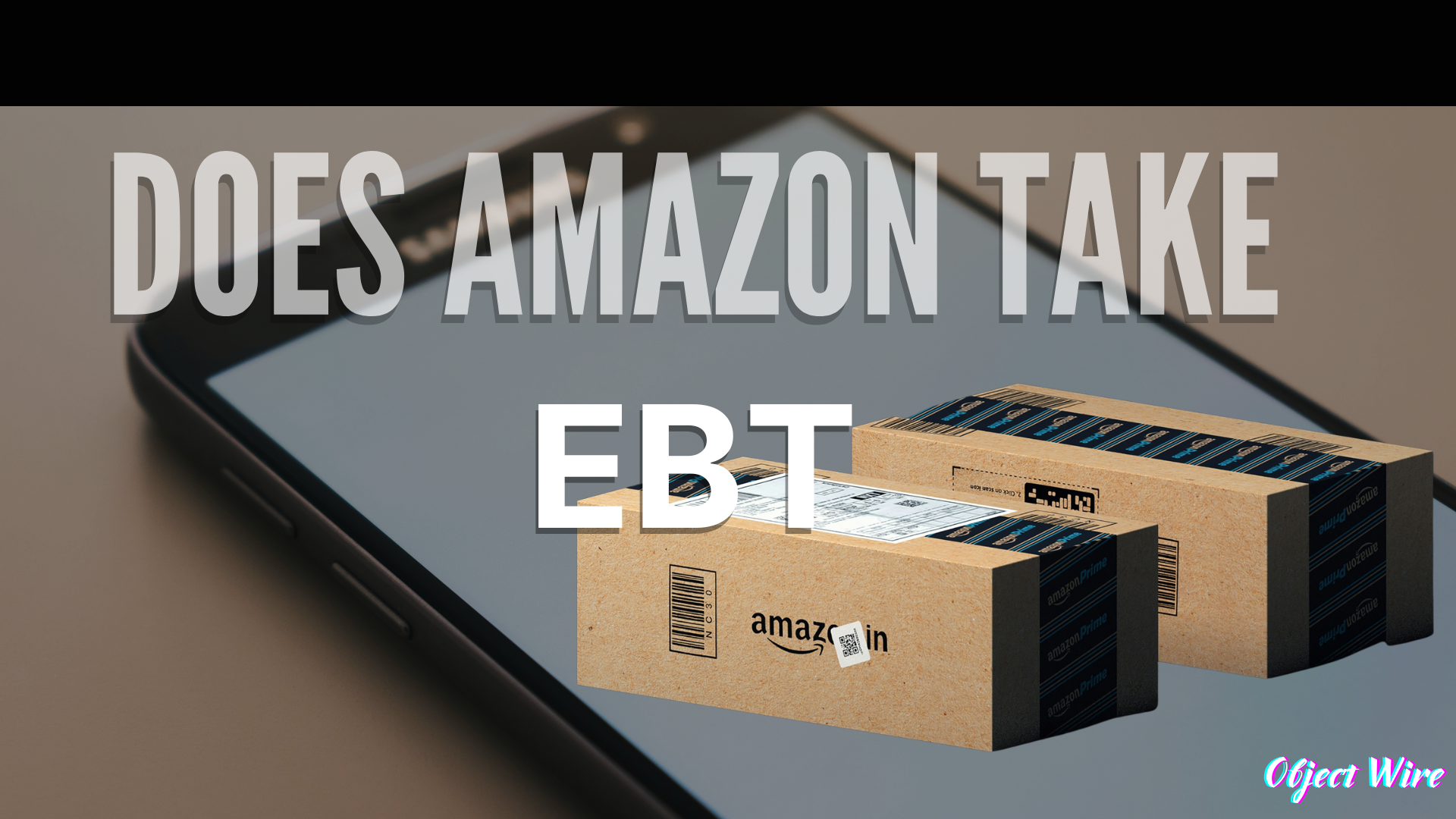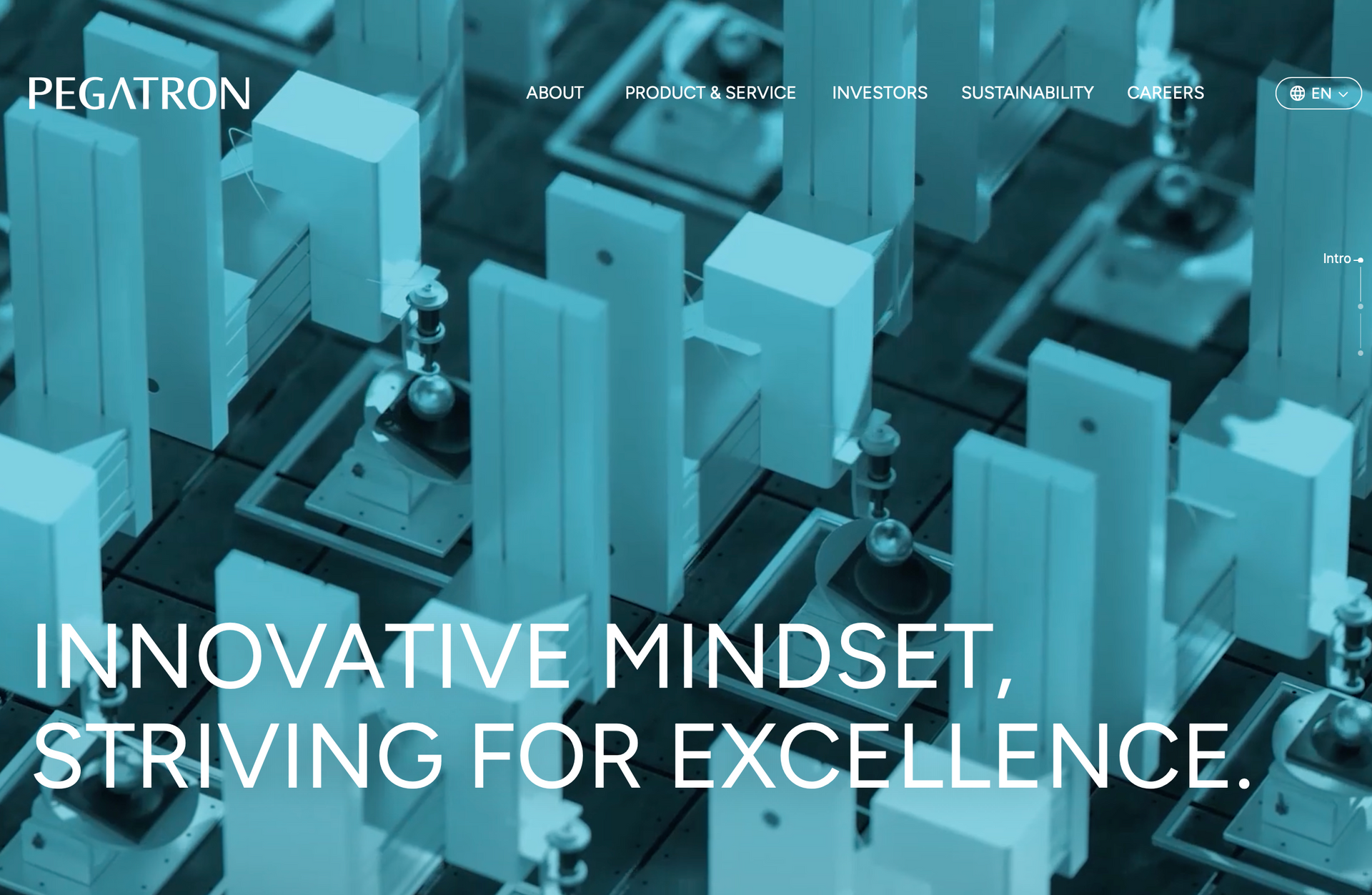What Is Physical AI Fellowship by AWS & Nvidia
The first Physical AI Fellowship, launched in September 2025 by MassRobotics in partnership with Amazon Web Services (AWS) and NVIDIA.
It is s a first-of-its-kind virtual accelerator program designed to propel robotics startups at the intersection of AI and physical systems. This inaugural Fall 2025 cohort features 8 high-potential companies, including Diligent Robotics, Blue Water Autonomy, and Zordi, selected to build, refine, and scale intelligent machines for real-world applications. Over 6-8 weeks through December 2025, fellows receive $200,000 in AWS credits, NVIDIA hardware/software access, and MassRobotics' ecosystem support, culminating in showcases at events
What is the Physical AI Fellowship Program ?
The Physical AI Fellowship is a 6-8 week virtual program accelerating startups developing AI-powered robotics for physical environments, from prototypes to enterprise deployments. Launched September 23, 2025, it provides technical guidance, compute resources, and go-to-market support to bridge AI's digital prowess with robotics' real-world challenges.
What do Fellows of the Program backed by AWS, NVIDIA, and MassRobotics Receive?
The fellowship's strength lies in its powerhouse partners: AWS, NVIDIA, and MassRobotics, each contributing unique resources to empower startups.
- AWS: Delivers $200,000 in cloud credits and GenAIIC support for scalable ML experiments, enabling cost-effective training of AI models for robotics.
- NVIDIA: Provides access to Isaac robotics simulation, Cosmos AI stack, hardware discounts, and DLI training, accelerating GPU-optimized computations for real-time physical AI.
- MassRobotics: Offers ecosystem access to 500+ robotics firms, 30+ corporate sponsors, testbeds, and go-to-market guidance, including joint promotions and investor intros.
This alliance, announced September 23, 2025, combines AWS's cloud scalability, NVIDIA's accelerated computing, and MassRobotics' community, as Executive Director Tom Ryden noted: "Physical AI moves intelligent machines from lab to real world."
The synergy supports 8 inaugural fellows, positioning the program as a catalyst for enterprise-grade robotics.
What Companies/Startups are apart of the Inaugural Cohort
The Fall 2025 inaugural cohort comprises 8 diverse startups selected for their innovative physical AI solutions across industries like healthcare, maritime, and manufacturing. Announced September 23, 2025, participants include:
- Bedrock Robotics: AI for construction robotics.
- Blue Water Autonomy: Maritime autonomous vessels.
- Diligent Robotics: Hospital service robots.
- Generalist AI: Versatile AI agents for physical tasks.
- RobCo: Modular industrial robots.
- Tutor Intelligence: Educational AI robotics.
- Wandercraft: Exoskeletons for mobility.
- Zordi: Logistics automation.
This mix fosters cross-pollination, with fellows collaborating on shared challenges like sensor fusion and edge AI, leveraging partner resources to prototype and validate solutions. The cohort's diversity highlights physical AI's broad potential, from human-assistive robots to autonomous fleets.
Diligent Robotics' Spotlight
Diligent Robotics, an Austin-based leader in healthcare automation, joins the cohort to scale its Moxi robot, which delivers supplies in hospitals, reducing staff burden by 30%. Founded in 2017, the company has deployed 100+ robots across U.S. facilities, raising $50 million total. In the fellowship, Diligent will use AWS credits for ML scaling, NVIDIA's Isaac for simulation, and MassRobotics' network for partnerships.
CTO Rashed Haq stated: "This accelerates our foundation models for humanoid robots in dynamic environments."
Blue Water Autonomy's Role in the Fellowship
Blue Water Autonomy, a Boston-based maritime AI firm founded in 2018, brings expertise in autonomous surface vessels for defense and commercial ops, with $15 million in funding. The cohort spotlights its role in scaling AI for unmanned boats navigating complex waters, using NVIDIA's Cosmos for sensor fusion and AWS for data processing.
Participation refines Blue Water's fleet management software, aiming for 20% efficiency gains in operations.
Zordi's Contributions to the Cohort
Zordi, a Tel Aviv-Austin hybrid startup founded in 2021, specializes in AI-driven logistics robots for warehouses, raising $12 million in Series A (2024). In the fellowship, Zordi contributes modular AI frameworks for multi-robot coordination, leveraging MassRobotics' testbeds for real-world validation and NVIDIA's GPUs for training.
Co-founder Eyal Eshel emphasized: "Collaborating with maritime and healthcare peers diversifies our physical AI stack."
Future Implications for the first CoHort of the Physical AI Fellowship by NVIDA and AWS
The Physical AI Fellowship's inaugural cohort signals a paradigm shift, accelerating AI-robotics integration for societal impact. By 2030, it could spawn $50 billion in innovations, from Moxi-like hospital aides reducing errors 20% to Blue Water's vessels cutting emissions 30% in shipping.
As Tom Ryden of MassRobotics said, it "moves intelligent machines from lab to real world." Future cohorts may expand to 20+ startups, influencing policies and spawning unicorns in a $210 billion robotics market. Stay tuned to the Objective Wire for more tech news.
Contact Us
What is the Physical AI Fellowship?
A 6-8 week virtual accelerator for robotics startups, launched September 23, 2025, by MassRobotics, AWS, and NVIDIA inaugural announcement.
Who are the key partners?
AWS ($200K credits, GenAIIC support), NVIDIA (Isaac/Cosmos access), MassRobotics (ecosystem/network) program details.
Which startups are in the inaugural cohort?
8 firms: Bedrock Robotics, Blue Water Autonomy, Diligent Robotics, Generalist AI, RobCo, Tutor Intelligence, Wandercraft, Zordi cohort list.
What benefits do fellows receive?
Technical guidance, compute resources, GTM support, and showcases at re:Invent 2025 $200K AWS credits.
Supports $210B robotics growth by 2025, accelerating physical AI in healthcare/manufacturing 26% CAGR.
AVALANCHE AND TOYOTA TEAM UP TO BUILD BLOCKCHAIN ROBOTAXI NETWORK
— BSCN (@BSCNews) September 3, 2025
- @Avax and Toyota Blockchain Lab are building the Mobility Orchestration Network (MON) — a blockchain layer for future autonomous robotaxi fleets.
- The proof-of-concept will use Avalanche’s multichain… pic.twitter.com/steV0Vwu6I





🔥 LATEST: Avalanche and Toyota Blockchain Lab are developing onchain infrastructure to support autonomous robotaxi fleets and mobility services. pic.twitter.com/BbEWe5h0yn
— Cointelegraph (@Cointelegraph) September 2, 2025
